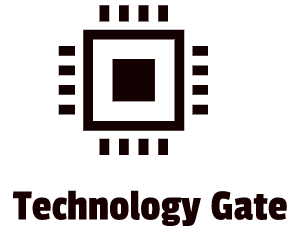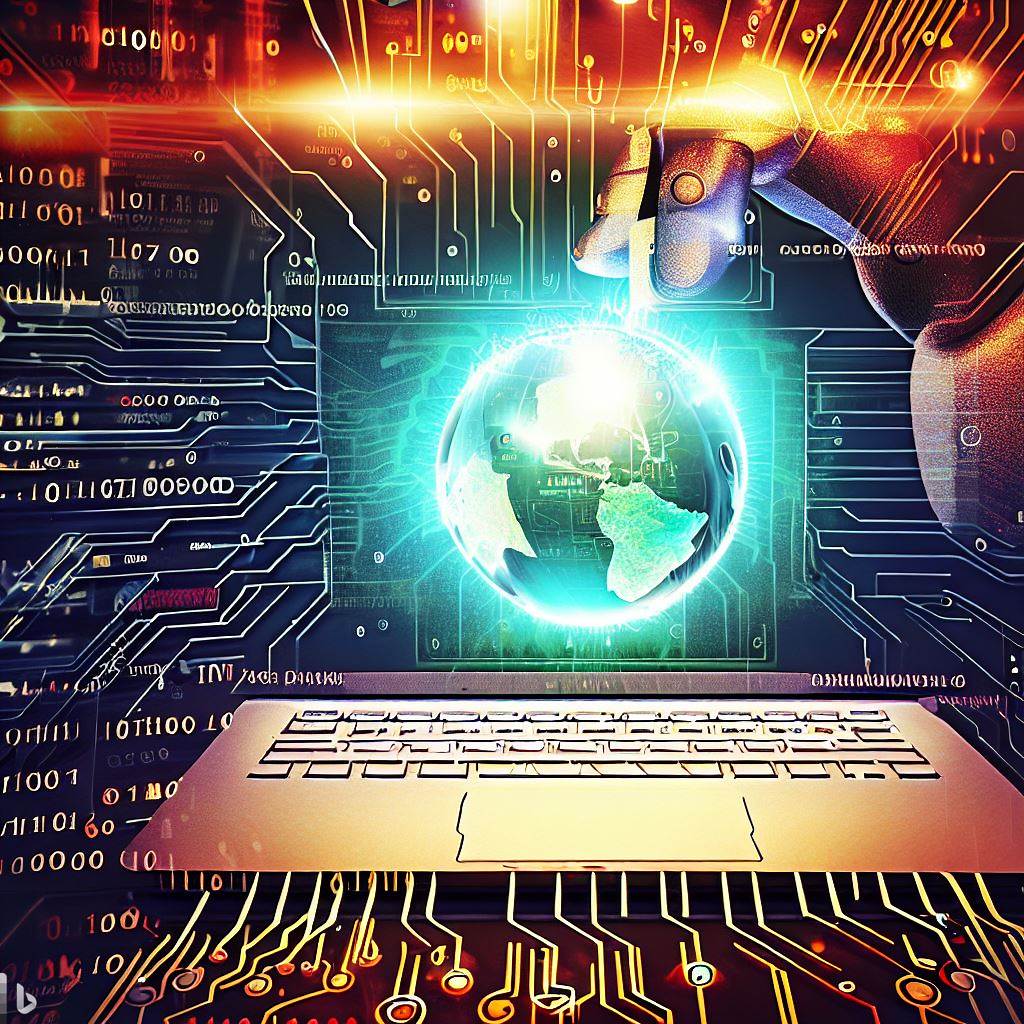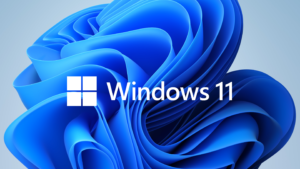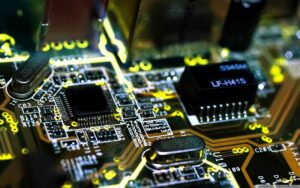In today’s fast-paced society, we are surrounded by technology, and computing devices have become an integral part of our daily lives. From smartphones to tablets, laptops, and even smart appliances, we rely on these electronic marvels to get things done quickly and efficiently. But have you ever stopped to think about how these devices work their magic? How can they process vast amounts of information and execute tasks quickly?
In this post, we will dive deep into the fascinating world of computing and uncover its inner workings. We will explore the components that combine to make these devices so powerful and shed light on the intricate processes that allow them to function seamlessly.
So join me on this thrilling journey as we explore the world of computing and discover the secrets behind the technology that has transformed our lives. Whether you are a tech enthusiast or just curious about how things work, this post is sure to provide you with valuable insights and knowledge that you can use to better understand the world around you. Let’s get started!
The Computing Process: Unveiling the Mystery
The computing process is the backbone of all computing devices, enabling them to perform complex calculations and execute tasks seamlessly. It consists of three stages: input, processing, and output, and each step plays a crucial role in making computers work.
The first stage of the computing process is input. This stage involves the user taking action, whether clicking a mouse or typing on a keyboard, to initiate the flow of information. The input is then sent to the central processing unit (CPU), the powerhouse of the computer.
The second stage of the computing process is processing. The CPU meticulously executes the instructions provided by computer programmers and performs complex calculations, processing the input into meaningful output. This stage is where the magic happens, and it’s what makes computers so powerful.
Finally, we come to the output stage. This stage presents the results of our interactions with the computer. The output materializes before our eyes and ears, whether through a monitor’s vibrant display or the speakers’ crisp sound. It’s the final stage of the computing process, making all of our efforts worth it. The computing process is a complex but essential part of computing devices. It enables us to accomplish tasks efficiently and effectively, and it’s what makes computers so powerful. Understanding this process can help us appreciate the technology surrounding us and inspire us to learn more about it.
Types of Computing Devices: From Everyday Helpers to Specialized Wizards
Computing devices have revolutionized how we approach daily tasks, offering various options tailored to meet specific needs. General-purpose computers, such as personal computers, laptops, smartphones, and tablets, are versatile and can easily perform multiple tasks. They have become our trusted companions, allowing us to work, study, and entertain conveniently.
In contrast, specific-purpose computers are designed to perform specific tasks. Digital watches, GPS devices, pocket calculators, and digital cameras are some examples of these specialized devices that have become an integral part of our lives. They offer us unparalleled efficiency, accuracy, and ease of use, making even complex tasks a breeze.
However, the wonders of computing go beyond these traditional devices. With the advent of the Internet of Things (IoT), computing has infiltrated everyday objects, allowing them to become intelligent allies. Smart refrigerators can monitor food freshness, while advanced navigation systems in cars can guide us to our destination with great precision. Airplanes equipped with autopilot features make air travel safer and more efficient. Security systems that protect our homes are now smarter and more effective than ever. Integrating computers into everyday objects has made them more efficient, more convenient, and more reliable than ever before. As technology progresses, we expect to see even more innovative computing uses in our daily lives.
Components of a Computer: Unveiling the Inner Workings
Now that we’ve scratched the surface of computing devices, it’s time to peek under the hood and explore the components that make them tick. A modern computer has three primary components: hardware, operating system, and applications.
Hardware forms the tangible aspect of a computer. We can touch and feel these physical parts, such as keyboards, monitors, and CPUs. Without hardware, the digital world would remain intangible, locked away in the realm of imagination.
The operating system bridges hardware and users, providing a user-friendly interface to interact with the computer. It acts as the software conductor, orchestrating the hardware’s symphony and ensuring smooth operations. From Microsoft Windows to Apple Macintosh OS and Linux, operating systems enable us to navigate the digital landscape effortlessly.
Applications, also known as programs, are the tools that empower us to perform specific tasks. Applications cater to our diverse needs, from writing documents and playing games to communicating with others. They transform our devices into versatile workstations, unleashing our creativity and productivity.
Let’s delve deeper into these components and explore their significance in computing.
Hardware: The Backbone of Computing
Hardware is the physical infrastructure that constitutes a computer system. It encompasses a wide range of components, each with its specific role. Here are some essential hardware components:
Central Processing Unit (CPU)
The CPU is often referred to as the “brain” of the computer. The CPU executes instructions, performs calculations, and coordinates the activities of other hardware components.
Memory (RAM)
Random Access Memory (RAM) temporarily stores data and instructions the CPU needs to access quickly. It allows for faster data retrieval, enhancing the computer’s overall performance.
Storage Devices
Storage Devices, such as hard disk drives (HDD) and solid-state drives (SSD), provide long-term storage for data and programs. They retain information even when the computer is powered off.
Input Devices
Input Devices like keyboards, mice, touchscreens, and microphones enable users to provide input to the computer.
Output Devices
Output devices like Monitors, printers, speakers, and headphones are examples of output devices that display or provide information to the user based on the computer’s processing.
Motherboard
The motherboard is the main circuit board that connects and allows communication between various hardware components.
Operating System: The Conductor of Computing
An operating system (OS) is a software program that manages computer hardware and software resources, providing an interface for users to interact with the computer and ensuring that different programs run smoothly. Some popular operating systems include:
Microsoft Windows
Windows is a widely used operating system known for its user-friendly interface and compatibility with various applications.
macOS
Developed by Apple, macOS is the operating system found on Apple Macintosh computers. It is known for its sleek design and integration with other Apple devices.
Linux
Linux is an open-source operating system offering flexibility, security, and stability. It is commonly used in servers and as a platform for software development.
Applications: Empowering Users
Applications, also known as software programs, are essential tools for computer users to perform specific tasks. These tasks range from simple productivity software like word processors, spreadsheets, and presentation tools to more advanced creative applications like image and video editing. Other application categories include web browsers, email clients, media players, and specialized software catering to various industries.
Developers create applications using programming languages and frameworks that enable users to maximize their hardware and operating system. This means that users can accomplish tasks more efficiently, whether creating a document, editing a video, or browsing the web. With the right application, users can streamline their work and achieve better results.
Final Thoughts
Computing devices have become an integral part of our daily lives, with their intricate components and complex processes have revolutionized how we live, work, and interact. From general-purpose computers to specialized devices that enhance our productivity and the embedded systems that make our surroundings smarter, computers have opened up a whole new world of possibilities for us.
It is important to understand the computing process, the components of a computer, and the role of hardware, operating systems, and applications. This knowledge enables us to harness the full potential of these remarkable technologies and utilize them to their fullest. Whether you are a student, a professional, or simply a curious individual, exploring the exciting computing world is an opportunity to learn and grow.
So, the next time you interact with your computer, take a moment to appreciate the magic beneath its surface. It empowers you to explore, create, and connect with others in previously unimaginable ways. With a basic understanding of computing, you can unlock the full potential of these great technologies and shape your world in ways you never thought possible.
Feel free to contact me if you have questions or in case you have any additional advice/tips about this subject. If you want to keep me in the loop if I upload a new post, subscribe so you receive a notification by e-mail.





